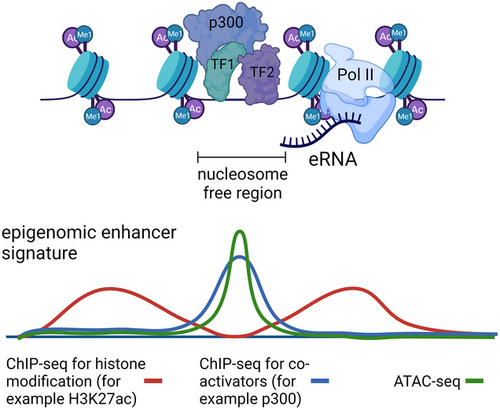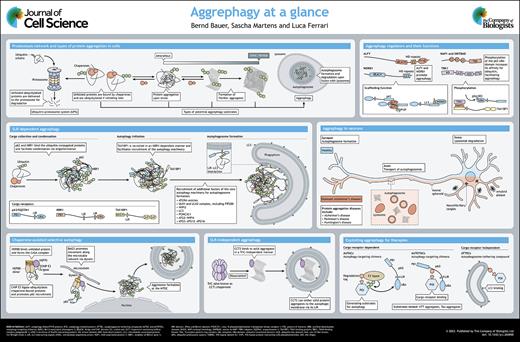Stem cells intrinsically express a subset of genes which are normally associated with interferon stimulation and the innate immune response. However, the expression of these interferon-stimulated genes (ISG) in stem cells is independent from external stimuli such as viral infection. Here, we show that the interferon regulatory factor 1, Irf1, is directly controlled by the murine formative pluripotency gene regulatory network and transiently upregulated during the transition from naive to formative pluripotency. IRF1 binds to regulatory regions of a conserved set of ISGs and is required for their faithful expression upon exit from naive pluripotency. We show that in the absence of IRF1, cells exiting the naive pluripotent stem cell state are more susceptible to viral infection. Irf1 therefore acts as a link between the formative pluripotency network, regulation of innate immunity genes, and defense against viral infections during formative pluripotency.
Bioessays 2023 Oct;45(10):e2300044
H.F. Thomas, C. Buecker
Bioessays 2023 Oct;45(10):e2300044
H.F. Thomas, C. Buecker




